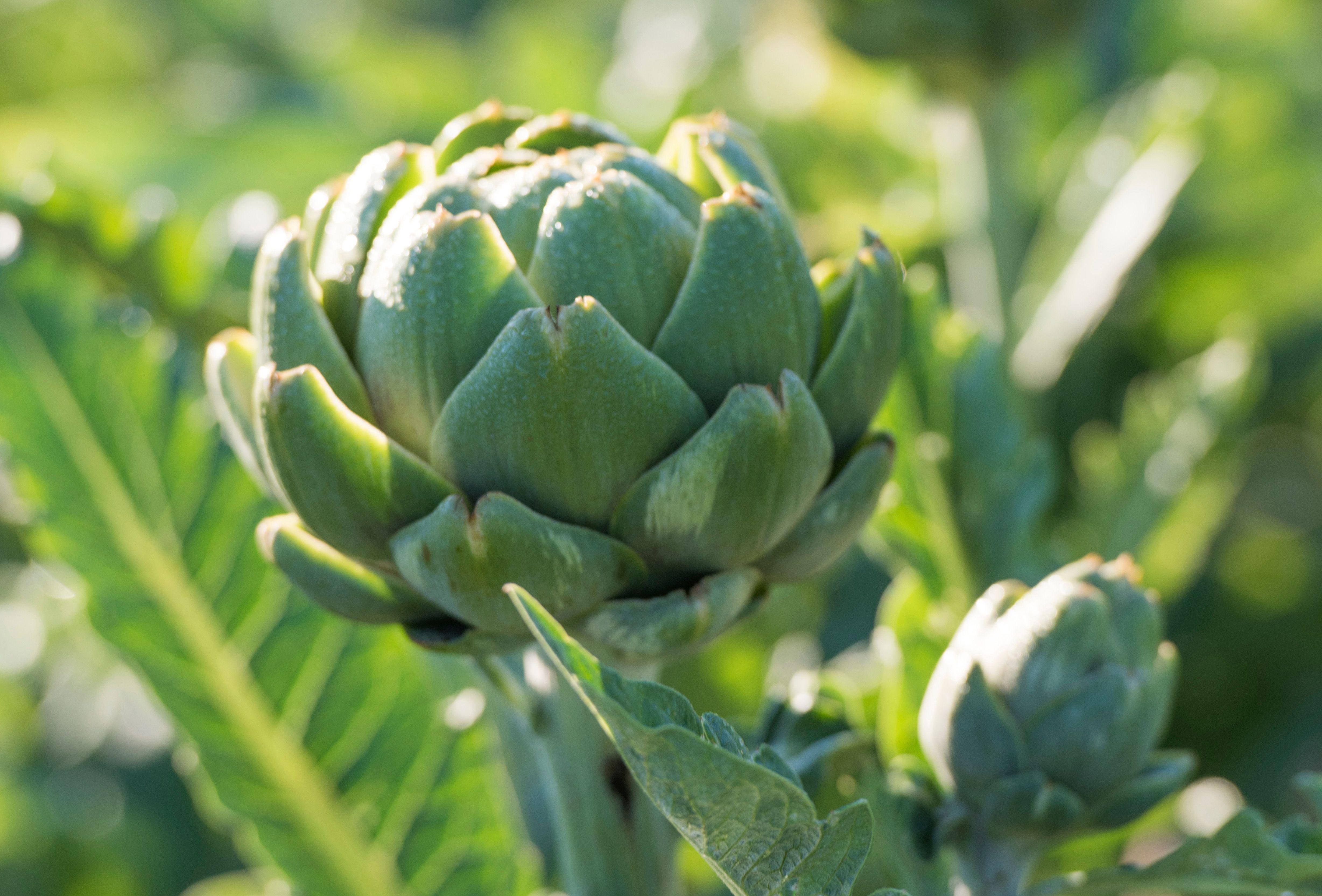These veggies demand more attention, but their homegrown flavor is worth the extra effort.
Published on May 29, 2025
Photo: Kindra Clineff
Some vegetables are so easy-going that you can grow them in full sun or light shade and harvest their stems, leaves, or roots just a few weeks after planting. However, other vegetables are pickier about their growing requirements and can potentially take years to produce an edible harvest. However, with a bit of know-how and the right growing conditions, even beginning gardeners can grow these challenging vegetables to enjoy their delicious homegrown flavors.
Save your favorite Better Homes & Gardens vegetable recipes in one place using MyRecipes. Just click the save icon (with a heart!).
Asparagus
Photo: Bob Stefko
Planting asparagus is an investment in the future of your garden, as these slow-growing plants can take years to reach harvestable size. When growing asparagus from seed, plan to wait about four years before enjoying a harvest. However, you can harvest asparagus spears about two to three years after planting if you grow asparagus from crowns instead of seeds. These plants require a lot of space in the garden, but interplanting asparagus with fast-growing herbs, such as cilantro and parsley, can keep your growing space productive while you wait for your bounty of spears.
Celery
Photo: Dean Schoeppner
Celery grows best in cool, moist weather and doesn’t fare well in hot conditions. Heat and water stress can turn these plants bitter or cause them to develop hollow or stringy stems that aren’t pleasant to eat. To avoid this, sow celery seeds early in the season, keep the plants well-watered and mulched, and shelter them with shade cloth during periods of high heat.
Celery needs around 1 to 2 inches of water per week, sometimes more during the hottest weather.
Cauliflower
Photo: Marty Baldwin
Cauliflower plants are also highly sensitive to heat and can bolt in hot weather or develop stunted or misshapen heads that don’t look like anything you’d find at the grocery store. Fortunately, you can avoid bolting by starting cauliflower early in spring or in midsummer for an autumn harvest, and prevent most buggy issues by growing cauliflower under row covers.
Like other brassicas, cauliflower plants are particularly susceptible to pests that feed on the plant’s leaves and damage the cauliflower heads. Be on the lookout for cabbage loopers, aphids, and cutworms. Even deer and rabbits will munch on the seedlings and plants if given the chance.
Brussels Sprouts
Photo: Kindra Clineff
One of the most common issues gardeners encounter when growing Brussels sprouts is that their plants perform poorly and produce undersized sprouts. This is usually due to temperature issues, but it can also be caused by growing Brussels sprouts in small containers or in poor-quality soil that lacks sufficient nutrients for these hungry plants. To produce larger sprouts, enrich your garden beds with compost before planting, fertilize the plants regularly, and sow Brussels sprout seeds early in the season so they have time to grow before the hot weather arrives.
If you live in a warm winter area, plant Brussels sprouts in the fall and harvest them as a spring crop.
Sweet Potatoes
Photo: Marty Baldwin
Sweet potatoes are usually grown from slips, which are highly sensitive to cold weather and should only be planted outdoors several weeks after your last spring frost. Unfortunately, this means that sweet potatoes may not have enough time to reach a harvestable size before fall if you live in an area with a short growing season. To speed things along, start sweet potato slips indoors in spring and transplant them into soil amended with compost to give your plants more energy to grow.
In areas with cool summers, cover the planting area with black plastic and plant the slips through slits in the plastic, which warms the soil and speeds development.
Heading Lettuce
Photo: Julie Maris Semarco
Most types of lettuce bolt in hot weather, but this tendency is more pronounced in heading-type lettuces, such as romaine and iceberg. If you don’t get these plants in the ground early enough in spring or if hot weather strikes unexpectedly, your lettuce plants won’t form heads, and they’ll turn bitter. If you live in a hot climate, slow down bolting by starting lettuce seeds as early as possible, positioning plants in light shade, and watering often.
Sweet Corn
Photo: Dean Schoeppner
Different varieties of corn can sometimes cross-pollinate with each other and produce cobs and kernels that aren’t tasty. Growing only one type of corn in your garden can avoid this issue, but it’s still crucial to plant corn the right way. These plants are wind-pollinated and often require growing in large groups or squares to ensure proper pollination. They may also require fencing or other supports to keep their stalks from toppling over in high winds.
Artichokes
Photo: Kindra Clineff
Like asparagus, artichokes are one of the few vegetable crops that grow perennially. These slow-growing plants usually don’t produce their edible flower buds until their second or even third year of growth. Artichokes require a lot of space in the garden, and they’re not particularly cold-tolerant, which means you might need to provide them with winter protection or skip growing them entirely if you live in a cold climate.
Onions from Seed
Photo: Bob Stefko
Onions are typically grown from sets or pre-started plants for earlier harvesting, but they can be grown from seed if you don’t mind waiting a little longer and investing more time in your onion crop. The problem is that onion seeds often have poor germination rates, so it’s essential to overseed when planting, replace onion seeds annually, and increase airflow in indoor grow rooms to protect onion seedlings from damping off.



